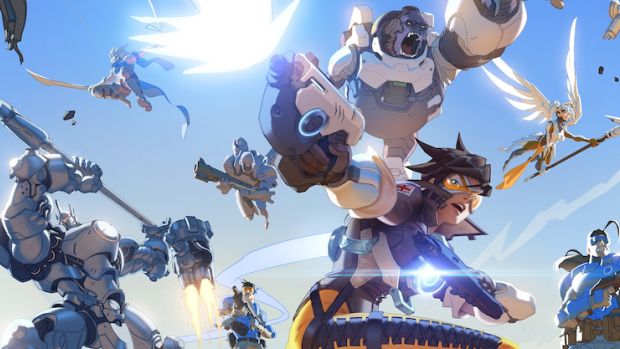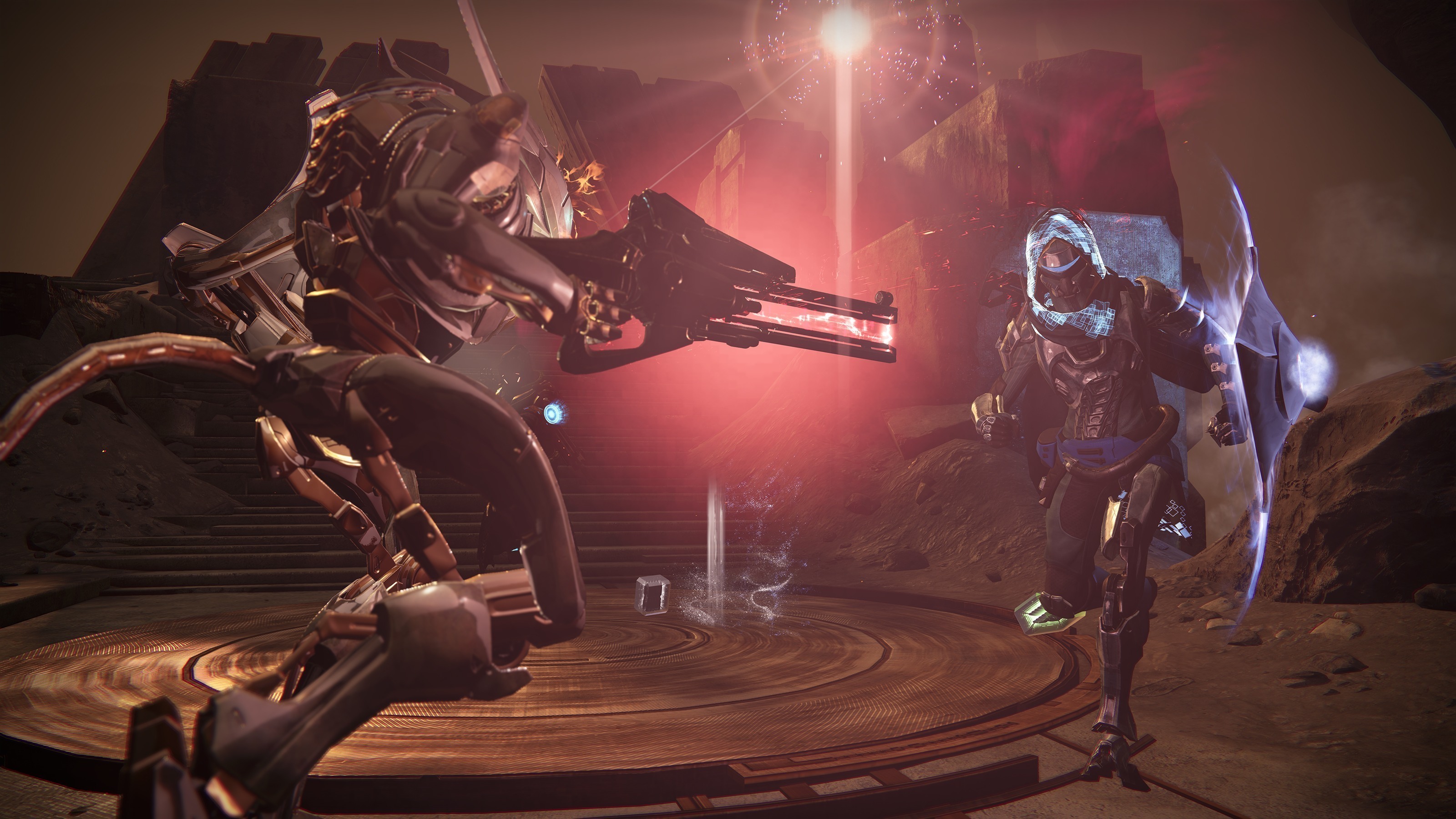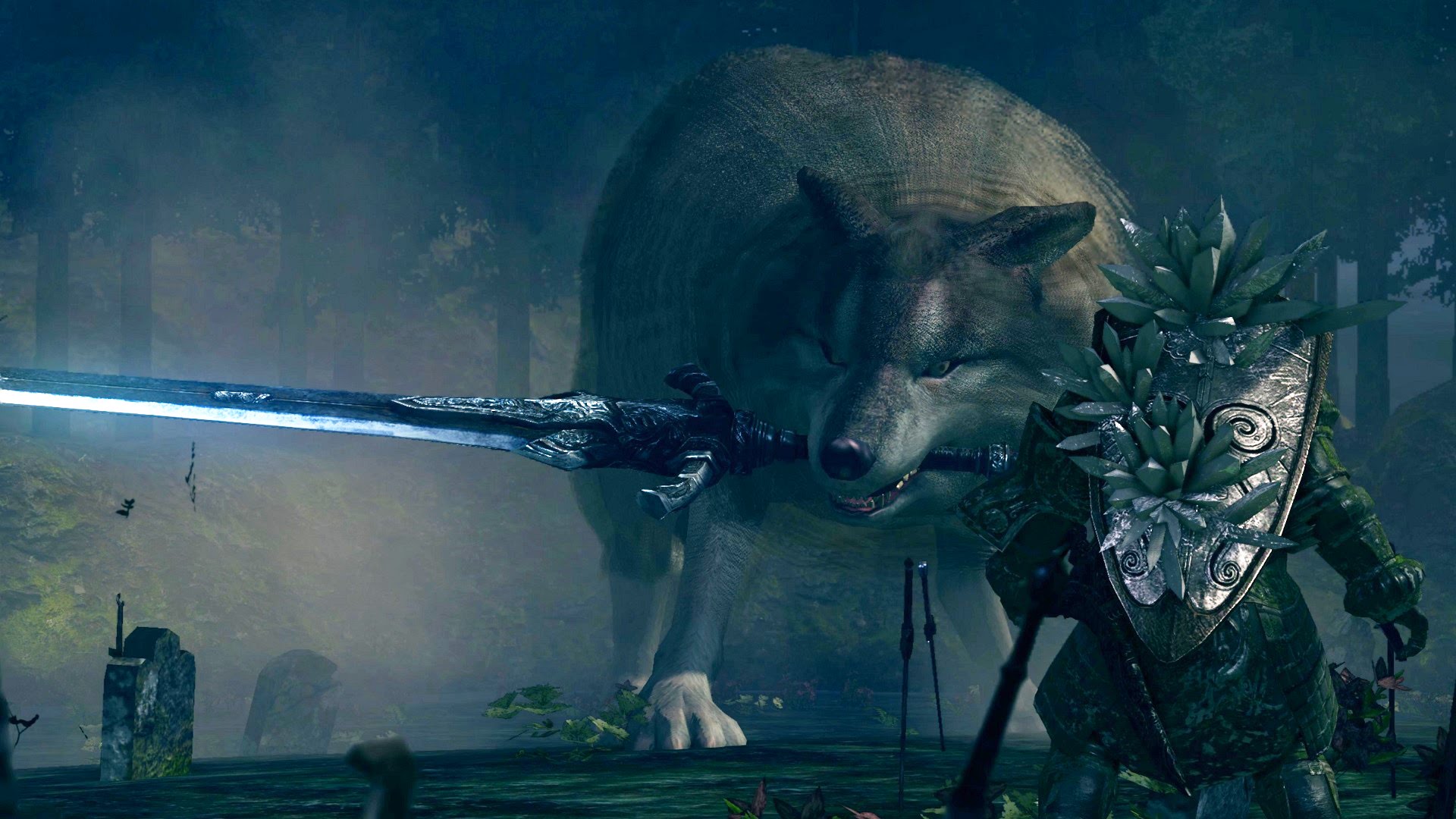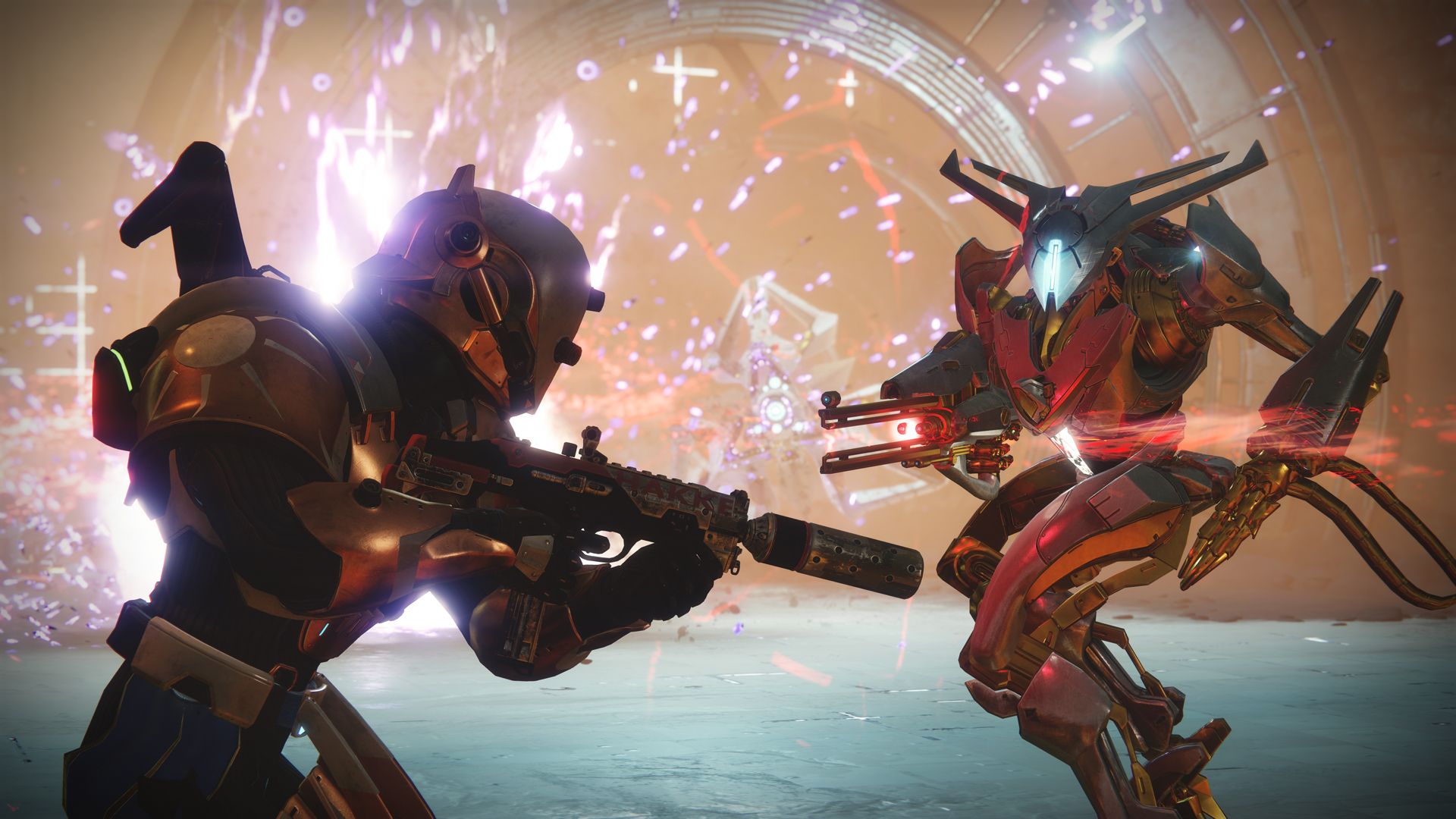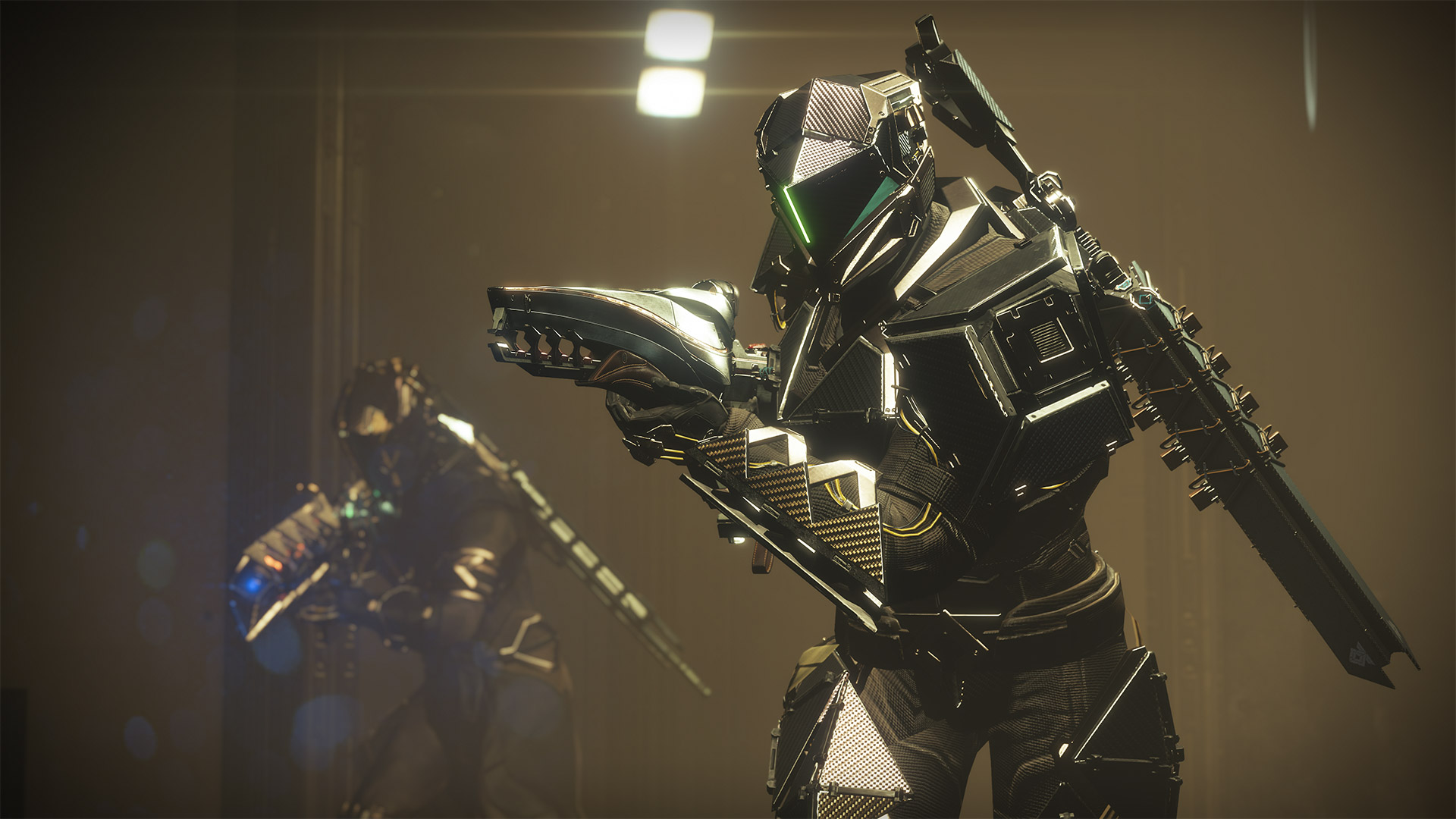
It’s incredible to think that Blizzard Entertainment’s Overwatch has been around for two years. Multiplayer first person shooters are known for their long-term support – games like Team Fortress 2, Battlefield 4 and Counter-Strike: GO are good examples (though fans might debate on the frequency of support for Valve’s games).
However, from the very beginning, the world of Overwatch entranced us as much as anything else. Environments like Numbani, King’s Row and Eichenwalde were rife with story-telling, adding on to the plots seen in cinematic shorts and trailers. Character dialogue and interactions further exploited this – we may not have known about the downfall of the Shimada empire but hearing Hanzo’s conversation with Widowmaker about restoring his family’s honour, or his musings about how all of Hanamura was meant to be his and so on helped fill out his fledgling backstory.
"Considering that Overwatch: First Strike, a graphic novel focusing on the origins of the organization, had been cancelled, Uprising was a worthy substitute."
Keep in mind that this was before Overwatch had lore tabs explaining the origins of each character, much less that of their alternate skins. It was all purely visual story-telling, cleverly showcased in sprays and map elements. Remember Ecopoint: Antarctica, the first 3v3 map created for Mei’s Snowball Fight? Fans pieced together the entire story of Mei’s colleagues and the tragedy that occurred a full year before the official short arrived. Such was the brilliance of the environmental story-telling – the cryogenic chambers that failed, the calendars, the bits about food running out – that, coupled with enough speculation, we had enough of a mental image to feel bad for Mei. Again, this is before the actual events of the short were ever actually known.
However, Overwatch and other games with ongoing lore have a problem. Remember the set-up for the hero shooter? A disgraced organization of heroes has risen from the ashes to combat a world in chaos, some of it fueled by the villainous Talon. Old characters and new would be introduced, fighting for their own purposes, and we could suspend enough of our belief when seeing Reaper on the same team as Soldier 76 and Mercy. After all, in the short term, they’re all mercenaries and vigilantes right? In the long term, however, as we pushed that payload on Numbani for the umpteenth time, wondering where Doomfist was, or infiltrated Dorado and saw little hints of Sombra, things started to stagnate.
For its part, Blizzard would release comic books and shorts detailing the stories behind the scenes. With its first Archives event, Uprising, we received even more information about Overwatch’s past and how its members inherently functioned together. The tragedies that befell King’s Row prior to Mondatta’s assassination, the ideals of Jack Morrison, the ever-present Blackwatch (including Genji’s involvement in the same) and so on provided some neat lore. At the end of the day, the characters felt better rounded as a result. Considering that Overwatch: First Strike, a graphic novel focusing on the origins of the organization, had been cancelled, Uprising was a worthy substitute.
However, it was the only real significant addition to story-telling the game had received.
"Retribution was a good PvE mode. The build-up to it was interesting as the inner workings of Blackwatch had been mostly veiled till now."
Lore, in general, is defined as “a body of traditions and knowledge on a subject or held by a particular group, typically passed from person to person by word of mouth.” In video games, we know lore as the backstory, the set-up for the events presently occurring. Lore helps to shape our understanding of the world, or at least as its residents knew it. That’s because they are people at the end of the day and people can get things wrong. Games like The Elder Scrolls have bulbous amounts of lore tied to them, which are readable in-game through countless books. However, there are also games like Dark Souls where the lore is subtle enough that some connecting of the dots is required (and even then you won’t get the full story).
That being said, those aren’t on-going games. Even if they were part of a longer-running series, Dark Souls 2 had its own story and plot. Dark Souls 3 had its own story and plot. Ditto for Morrowind, Oblivion and Skyrim. By comparison, Overwatch’s plot has stayed pretty much stagnant since, well, Sombra blackmailed Katya Volskaya. There was some follow-up in a comic book with Zarya (which was pretty sub-par in terms of writing and plot). Doomfist escaped prison and finally got his gauntlet. Moira joined the fight and so did Brigitte, both having next to no impact on the ongoing conflict. Then we went back in time again with the Retribution event.
Retribution was a good PvE mode. The build-up to it was interesting as the inner workings of Blackwatch had been mostly veiled till now. Finally, we got to see what it was that made Gabriel Reyes’ group so dreaded and how the blow-back affected Overwatch. We were teased about something going wrong involving Talon in Rialto. The mission was meant to be a snatch and grab, followed by an interrogation and release. Maybe another Talon leader would pull something diabolical, killing Antonio and pinning the blame on Blackwatch who had to shoot up the city to escape.
But no. Instead, Antonio told Reyes that he’d be released a few days after his capture (which was the plan, last time I read the comic). So Reyes shot and killed him. “That was where it all began,” said McCree in the Epilogue as he mused about other Talon leaders that would replace Antonio. That was the big reveal. A key lore event, meant to reveal what exactly pushed Reyes over the edge, simply went with “He shot first because reasons.” Note that this doesn’t invalidate the entire lore, even if Blizzard’s commitment to keeping things consistent is becoming shaky (D.Va’s StarCraft 2 pro status is another example).
"Which is a shame because, for all the exposition that the Destiny Grimoire provides, there were some genuinely interesting stories being told."
The problem is that when a proper story can’t be told due to numerous restrictions like being a multiplayer hero shooter with competitive aspirations, it falls on the one thing Blizzard can control – the lore – to pick up the slack. While the development team originally kept things interesting, not shoveling too much information in fans’ faces, it’s had consistency issues with past events and is struggling to make its new lore additions that much more compelling. You could use the criticism that “Archives is only once a year” to justify why we don’t get more lore snippets. However, Overwatch was still doing a good job with its lore before these events. Uprising, at this point, is looking more like a bandaid to satiate the lore-starved player, much less a fan-base who loves these characters and wants to see them evolve as people all the more.
Such lore problems aren’t exclusive to Overwatch. Bungie’s Destiny series has been harped on continuously for its less-than-stellar treatment of the lore. Hardcore Halo fans will remember how the developer treated the Fall of Reach when Halo: Reach released. Inconsistencies are a big problem and the Destiny series has its fair share. The origins of Dredgen Yor, implied heavily to be a Hunter but actually a Titan (it’s complicated); Prince Uldren’s takeover of the House of Kings and unification of all the Fallen houses (which was probably meant to be in the sequel but wasn’t); and of course, the Darkness. The penultimate, malevolent force hunting the Traveler which Bungie later admitted to knowing nothing about. Oh, and remember how Lord Saladin didn’t seem to remember who you were? Good times.
Which is a shame because, for all the exposition that the Destiny Grimoire provides, there were some genuinely interesting stories being told. When the core game lacked a compelling, memorable plot with strong advancement of characters and motivations, the lore seemingly took us back to a time which had all of these things. However, it never completely substituted for the story, offering enough mysteries and adding on to the actual story while bringing the tale of, say, Oryx to a satisfying conclusion. It’s kind of sad that the actual story is so barebones that players looked to the lore for their fill of a half decent plot. I’ve seen base Destiny’s story called the VHS sequel to an epic blockbuster and thus far, that comparison hasn’t been wrong. All the significant events seem to be stuck in the past while the present is nothing more than the aftermath.
"With all the missteps in Destiny 1, Bungie could have taken the reins and delivered a compelling plot. Its lore was already so strong and thus it could deliver the best of both worlds."
Sequels in the same shared universe are usually meant to build on the inherent lore. It’s been said enough times but look at the Dark Souls series. Though the end goal in those games is pretty much the same – bring back the Age of Fire or bring the Age of Dark – the common theme is that of reincarnation and a repeating cycle. There is adequate mystery to characters like the Nameless King, Artorias of the Abyss, Gwyn, Manus and so on that players will dig deeper for their stories. The games themselves don’t show their hand completely, offering little hints and clues as to different characters and their identities. Just when the main story, the so-called repeating cycle, was looking stale, From Software concluded the series with Dark Souls 3. However, in The Ringed City DLC, we learned more about where the past kingdoms went with the tease that things aren’t as dead and gone as we’d like to think.
Of course, multiple games aren’t even required to tell a good story with compelling lore. Bloodborne is another example, blending themes like the endless cycle of killing and the thin line that separates monsters from men. Mysteries abound about characters like Kos, Lady Maria of the Astral Clocktower, Father Gascoigne’s family and the Great Ones. Some may be solved while others are left up to fan interpretation and piecing together what’s available. Along with The Old Hunters DLC, Bloodborne functioned as a self-contained, compelling story about madness, murder and what lies beyond with excellent lore that endures to this day. To the lore’s credit, it doesn’t hurt that its themes seem inspired by the works of H.P. Lovecraft and Arthur Machen.
With all the missteps in Destiny 1, Bungie could have taken the reins and delivered a compelling plot. Its lore was already so strong and thus it could deliver the best of both worlds. Unfortunately, for Destiny 2, Bungie made the controversial decision to remove the first game’s Grimoire from its website and app (the only official places it could be viewed). To compound the issue, the Grimoire wasn’t placed in the game either. Certain weapons had lore tabs but failed to step up to the previous game, providing little snippets of fun interactions as opposed to anything compelling. Exceptions are there, like Calus’s armour and weapons, but they are few and far between. The handling of classic characters like Osiris and Brother Vance, introduction of new characters like Ana Bray (who is not looking all that great, let’s be honest) and generally disrupting the tone of the series with its comic books hasn’t lent a great look to Bungie.
"It could also be a case of the development team not being able to handle a full, progressing story, let-alone ensuring its lore is in order."
Lore isn’t the easiest thing to handle, especially for a property that’s still on-going. Expectations change. The stories that writers want to tell can change. Sometimes, tying in key gameplay moments is only possible by doing away with what’s established and that too just narrowly enough as to not annoy the most hardcore of fans. Overwatch’s lore has seen its fair few breaks; Destiny’s lore has been excised with a scalpel and reassembled as some kind of Frankenstein monstrosity. Neither game has delivered a compelling plot thus far, or rather they’ve failed to pull the trigger on such.
There could be many reasons for this. In the case of Overwatch, the idea could be to build interest for the next hero reveal or PvE event. Things shouldn’t be too clear-cut on certain alliances either since players have already begun to question the legitimacy of escorting a payload without a gauntlet or how long it takes to clean up that airport on Numbani. Keeping things in the past will also ensure that this teased story of Talon vs. Overwatch with something bigger possibly pulling the strings from the shadows is as drawn out as possible. Of course, it could also be a case of the development team not being able to handle a full, progressing story, let-alone ensuring its lore is in order. At last count, the Overwatch development team is handling hero balancing, map redesign, new hero development, new features, new maps, new modes, new events, new skins, new voice lines for existing skins, cinematic shorts, comic books, origins videos, Overwatch League skin design and issues, and lore development. I’m not surprised that the lore is suffering as a result.
On the other hand, Bungie seems to suffer from the lack of a clear vision. This was blatantly obvious in Destiny 1 and even if the developer has asserted the existence of some “direction” for Destiny 2’s story, the need for updates to bring back certain features and quality of life improvements would likely have affected that. Bungie is a big studio though and has developers like High Moon Studios and Vicarious Visions assisting it on Destiny 2. Even if the resources exist – and that’s debatable considering the studio’s split on DLC, events, Eververse items, Seasonal items, new features, sandbox changes, PvP balancing, raid design, Destiny 3 development, maintenance and world building – the current development team lacks a clear understanding of what Destiny actually is.
"Coming up with compelling lore while honouring it and telling a great story are Herculean challenges in numerous other media, forget something like video games."
Think about it – Destiny 1 was more sci-fi fantasy epic with dark themes but an otherwise adventurous attitude. Destiny 2 started off as a tragic story about losing one’s Light but quickly devolved into a slap-stick comedy with budget Marvel movie-like banter, one-dimensional characters and no real sense of urgency. The comics seemingly alternate between being serious to the point of ridicule to truly embarrassing dialogue. Advertisements promoted Destiny 2 as this fun experience where players could earn loot, defend puppies, take back the Light, dance, twerk and probably stop some giant machine from running some simulations or something. There’s a coherent vision lacking in all of this, something which the first Destiny at least tried to stick with even as it progressed further into jokey dialogue for some characters.
It’s not as easy as saying “Copy World of Warcraft or Guild Wars 2” but it is intriguing how some games like Warframe and Path of Exile handle their overarching lore alongside the progressing story. Both games are decidedly light on the latter but are backed by relative consistency to the former. Granted, not everyone liked the outcome of The Second Dream but it had significance. Fall of Oriath and War for the Atlas both had significance. There was nothing significant about Overwatch Retribution or Destiny 2’s Curse of Osiris (though Warmind seems slightly promising), hobbled as they were by the lore inconsistencies while also stumbling with their key plots.
Lore and world building aren’t a walk in the park. Coming up with compelling lore while honouring it and telling a great story are Herculean challenges in numerous other media, forget something like video games. Perhaps the best approach really is to be like Dark Souls or the early days of Overwatch. Sprinkle the lore throughout the game and trust players to discover it without giving too much away. Then again, it may all be swept by the wayside for the sake of loot box skins and cheeky voice lines.
Note: The views expressed in this article are those of the author and do not necessarily represent the views of, and should not be attributed to GamingBolt as an organization.








